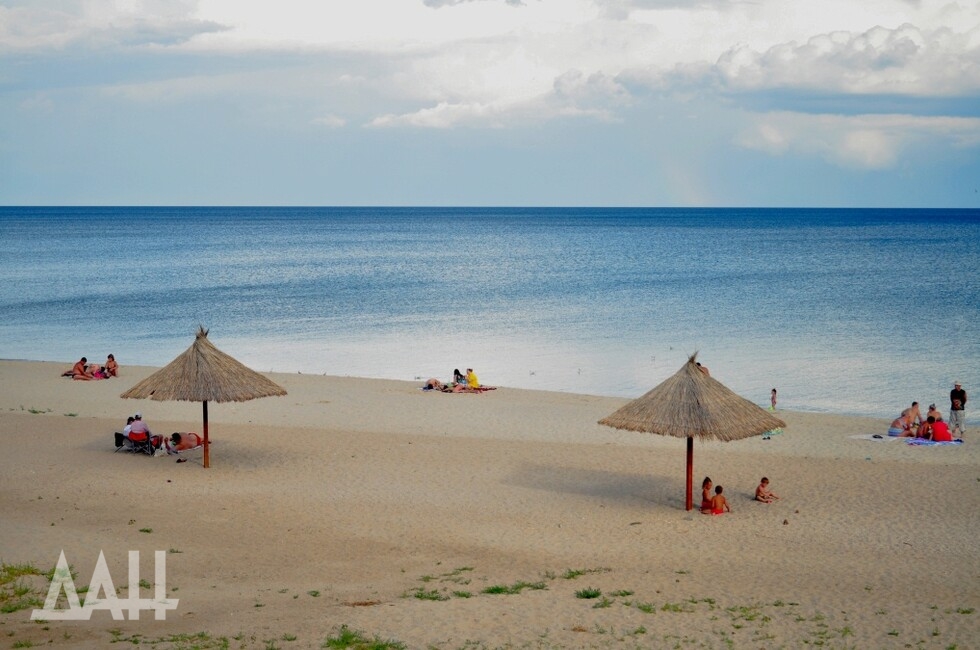Donetsk, Jan 31 — DAN. Rostov researchers have said that the Anadara invasive mollusc (Anadara kagoshimensis) has become a target seafood in the Sea of Azov, the press service of the Azov Fisheries Research Institute (AzNIIRKh) reported on Tuesday.
“The AzNIIRKh has set the recommended extraction volume for the lucrative bivalve at 1.5 tons in 2023, ” the press service said.
The researchers’ conclusion is based on a long-term study of the spreading of this species in the Sea of Azov and its quantitative and qualitative characteristics using benthic video recording and dredging equipment, the report said.
Anadara kagoshimensis is an edible mollusc. It originated in the Indian Ocean and western part of the Pacific Ocean, and is raised at clam farms in China, Japan and Korea for human consumption. It migrated to the Mediterranean Sea in the 1970s and appeared in the Black Sea and the Sea of Azov twenty years later. By 2017, its habitat had included nearly all the Sea of Azov.
Researchers believe that the mollusc arrived in the region together with merchant vessels as clam larva in ballast water. Anadara is a delicacy in Asia; its blood contains Hemoglobin, Beta-Caroten, Pectenol A, Pectenolon, Zeaxanthin, Diatoxanthin and other useful substances. The Japanese believe that Anadara is a powerful aphrodisiac. The shell is opened with a knife, the blood is poured into a special vessel and then the inedible entrails are removed to leave the orange meat. The blood is drunk separately; the meat is flavored with lemon juice before consumption.
The price of one mollusc reaches 1,000 rubles so annual extraction can fetch up to 1.5 billion rubles in retail trade.*jk
